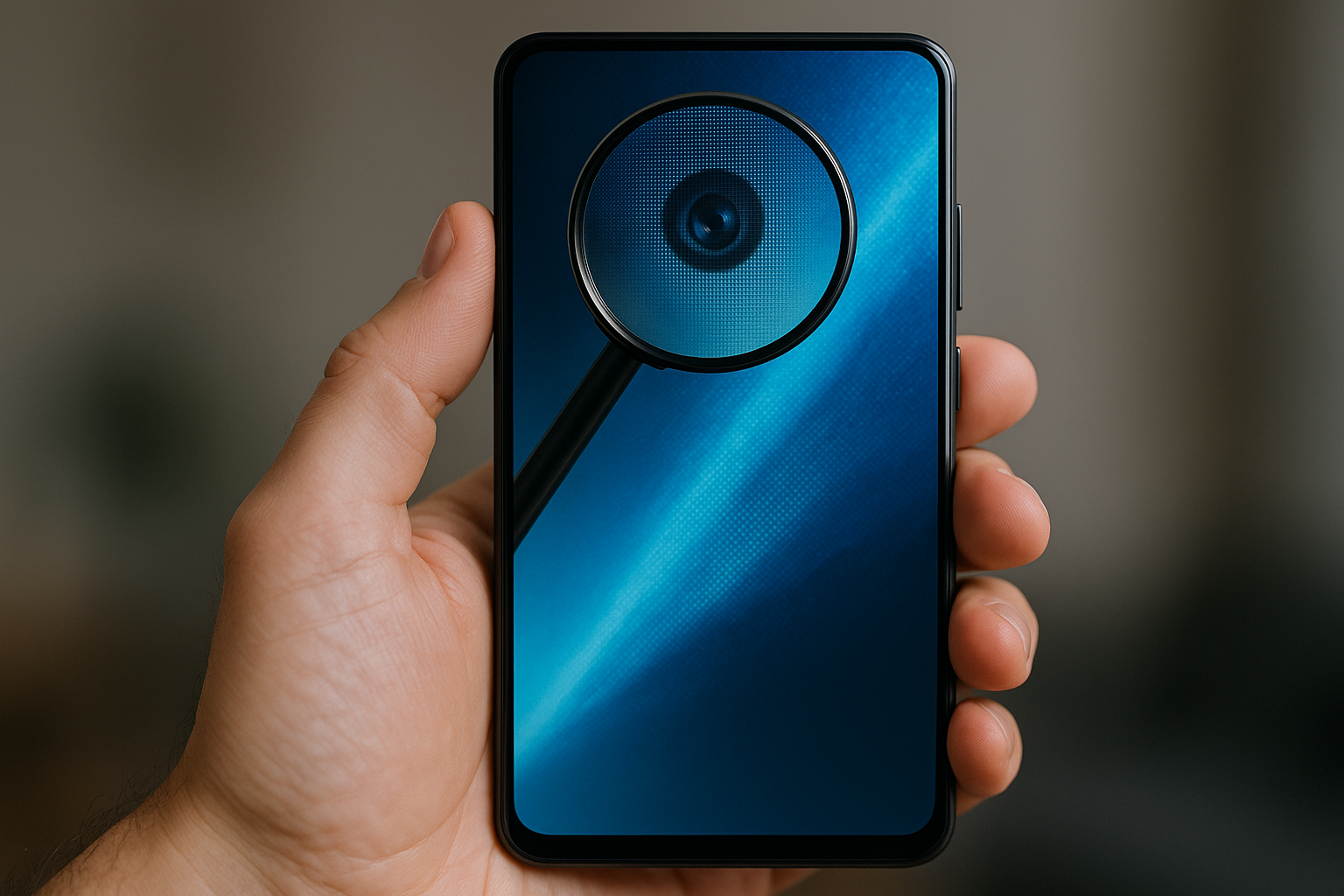Spotting counterfeit devices and fraudulent listings
Buying a preowned or refurbished smartphone can save money but carries risks: counterfeit devices, misleading listings, and hidden damage are common. This article explains how to spot fraudulent offers, verify authenticity, inspect batteries and compatibility, and protect your purchase when shipping or reselling.

Buying a used smartphone comes with potential savings and pitfalls. Counterfeit devices, doctored images, cloned serial numbers, and deceptive seller descriptions can turn a good deal into a costly problem. Knowing how to evaluate listings, perform basic inspections, confirm authentication, and assess battery and compatibility issues helps reduce risk. This guide focuses on practical checks and red flags to watch for when shopping preowned, refurbished, or secondhand devices, and it covers security, repairs, shipping, customs, and resale considerations.
Preowned and secondhand: how to read listings
Start by reading the full listing, not just the title or photos. Look for clear, multiple-angle photos that show the device powered on, the model number screen, and the serial/IMEI if the seller provides them. Vague descriptions like “works good” without specifics on battery health, cosmetic condition, or included accessories are red flags. Check seller history and reviews on marketplaces: repeated complaints about refunds, late shipping, or mismatched devices indicate potential fraud. Compare the listed price to typical market values—prices far below market can indicate counterfeits or stolen devices.
Refurbished: what to expect and verify
Refurbished devices may be restored by manufacturers, certified refurbishers, or independent sellers; these paths differ in transparency and warranty. Manufacturer-refurbished phones usually have full diagnostic testing and a warranty; independent refurbishers may offer limited guarantees. Ask for documentation of the refurbishing process or a recent diagnostic report. Verify whether original parts were used, especially for screens and batteries. Confirm the device’s activation status and that it is not locked to a previous owner or carrier. Refurbished listings should clearly state return policies and warranty length.
Inspection: hands-on and remote checks to perform
If possible, inspect a device in person before buying: test the touchscreen, cameras, speakers, microphone, charging port, and buttons. Open common apps and try Wi‑Fi and Bluetooth connections. For remote purchases, request a short video showing power-up, IMEI/serial display in settings, and a camera test. Use device diagnostics apps or built-in menus to check storage, sensors, and system information. Keep communication within the marketplace platform to preserve dispute records and avoid external payment methods with no buyer protection.
Battery and compatibility: what to confirm
Battery health is a frequent issue in used phones. Ask for current battery health percentage or a recent battery diagnostic. A phone with rapid drain or a battery below manufacturer-recommended health may need replacement—factor that repair cost into the total. Confirm compatibility with your carrier and local networks: unlocked status, supported bands, and whether the device is region-specific. Check charging standards (USB‑C, Lightning, fast-charge protocols) to ensure compatibility with your accessories. Incompatibility can affect resale value and usability.
Authentication and warranty: ways to confirm legitimacy
Authenticate a device by checking the IMEI/serial on the manufacturer’s website or using reputable lookup services that report activation, carrier lock status, and theft records. Match the serial/IMEI shown in settings to the number printed on the box or device. Beware of listings that refuse to share IMEI or provide doctored screenshots. For warranty, verify coverage with the manufacturer using the serial number. Keep records of the seller’s warranty terms in writing. If authentication fails or numbers don’t match, treat the listing as high risk.
Shipping, customs, repairs, and resale considerations
When buying internationally, factor in shipping time, tracking, insurance, and potential customs fees. Ask the seller to declare the item accurately—misdeclared value or description can cause seizures or unexpected duties. For repairs, identify reputable local service centers and typical repair costs for components like screens or batteries before purchasing. If you plan to resell the device later, keep original packaging, receipts, and any refurbishing documentation to maintain value. For security, perform a full factory reset and reinstall the OS using official tools; change all account passwords and enable device encryption where available.
Conclusion
Careful scrutiny of listings, verification of serials and IMEI, hands-on or video inspections, battery and compatibility checks, and awareness of shipping and repair implications all reduce the chance of buying a counterfeit or misrepresented device. Maintaining clear communication with sellers, using protected payment and shipping options, and documenting the transaction help protect your investment and make resale easier later. Applying these steps consistently will lower risk when shopping the preowned, refurbished, or secondhand smartphone market.






